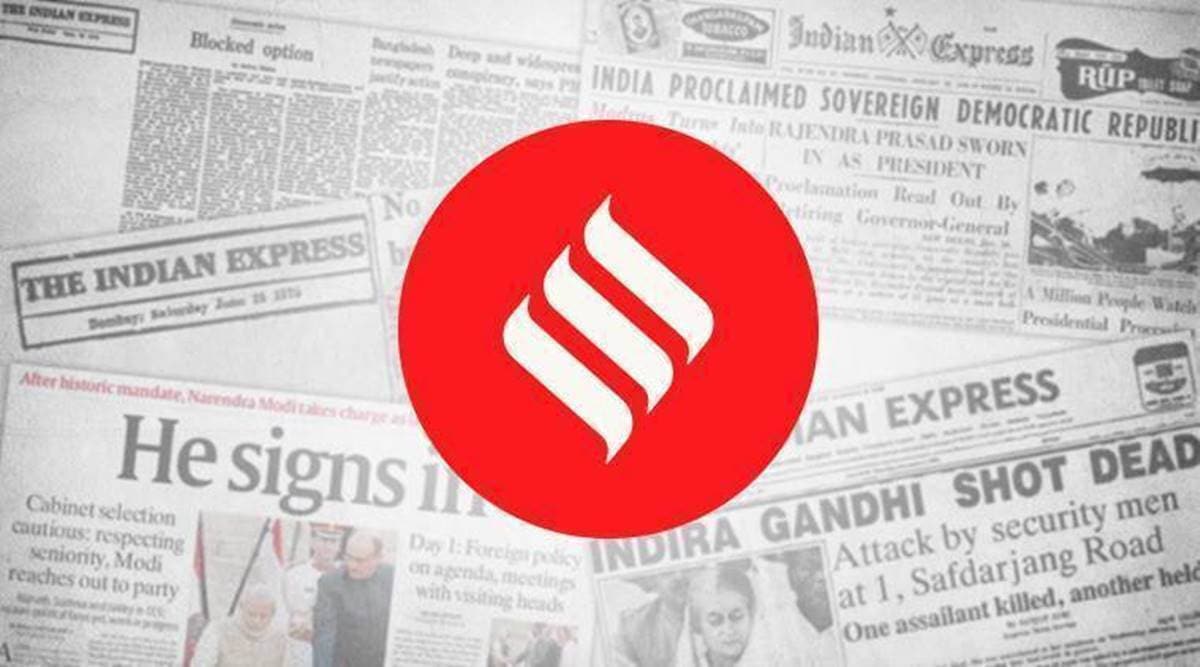 At the aggregate level, the Centre’s gross tax collections grew by a healthy 17 per cent in October.
At the aggregate level, the Centre’s gross tax collections grew by a healthy 17 per cent in October.Mirroring the trend in the broader economy, the fiscal position of the central government is beginning to show signs of improvement. Data released by the Controller General of Accounts shows that after contracting in the first half of this financial year, the Centre’s gross tax collections turned markedly positive in the month of October. The improvement in collections was quite broad-based, driven by higher indirect taxes and personal income taxes. However, despite this, the Centre’s gross tax collections at the end of October stood at Rs 8.75 lakh crore, Rs 1.76 lakh crore lower than last year’s collections.
At the aggregate level, the Centre’s gross tax collections grew by a healthy 17 per cent in October. Much of this improvement can be traced to higher indirect tax collections, which grew by 23.6 per cent in October, with revenue from central GST, excise and customs all showing healthy growth, as consumption activity picked up. Over the April-October period, indirect taxes were down only 6.5 per cent compared to last year. Under direct taxes, revenue from personal income taxes maintained its upward trajectory, growing at a 16.6 per cent in October, up from 2.6 per cent last month, while corporate tax collections continue to contract, though the pace of decline has eased considerably in recent months. The government’s proceeds from disinvestment as well as from non-tax sources continue to remain a major source of concern. As against a disinvestment target of Rs 2.1 lakh crore, collections in the first seven months have been only Rs 6,178 crore, while non-tax revenue collections have remained at less than a third of the budgeted target, as against 72 per cent last year. But, despite the improvement in its tax receipts, the Centre has now cut back tax devolution to states to Rs 37,233 crore in October, from Rs 41,965 crore in September — indicative of the severe adjustment likely to be made to the budgeted share of states in the divisible tax pool on account of lower overall tax collections.
The GDP data released by the National Statistical Office revealed that government spending actually declined in the second quarter of the current financial year, imparting a contractionary impulse to the economy. While this trend reversed in October, with central government spending growing by 9.5 per cent, total central government spending in the first seven months of the year remained at almost the same level as last year. Thus, despite the announcement of various relief packages, there has not been any significant pick-up in public spending. Merely meeting its budgeted expenditure target would now imply an increase in spending of 33.7 per cent over the November to March period, which would impart a positive impulse to the economy.